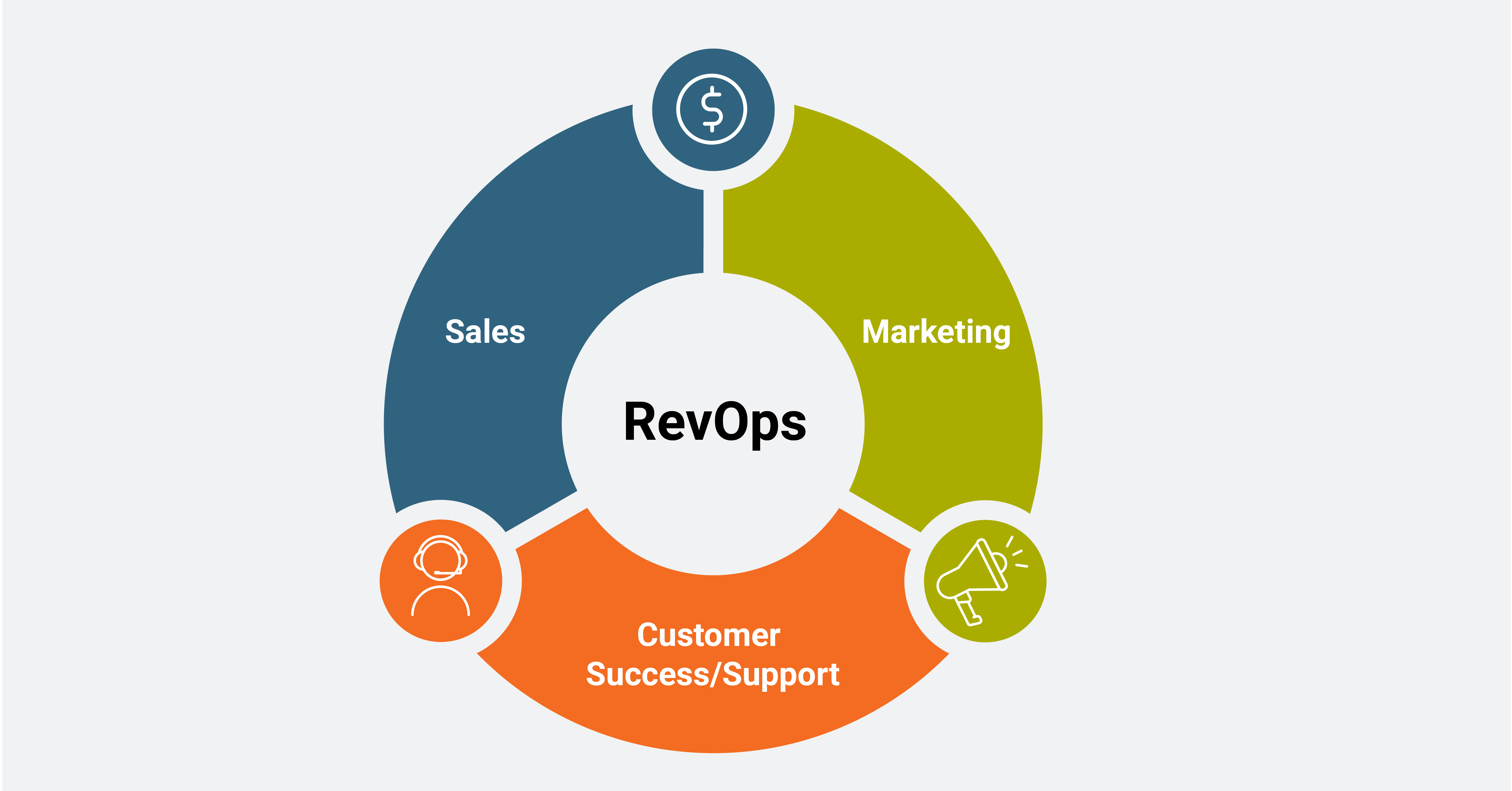Global e-commerce sales hit nearly $5 trillion last year and could surpass $7 trillion by 2025. It’s still a high-growth industry for investors, not even counting all of the complementary opportunities in areas like payments and logistics.
Many blue-chip e-commerce stocks have traded at sky-high valuations over the past couple of years, but the current tech stock sell-off is giving investors a shot at many stocks near 52-week lows. I’ve sifted through the market’s chaos and rubble to find three potential winners worth considering in February.
1. Shopify
E-commerce platform Shopify (NYSE:SHOP) helps merchants adopt e-commerce by providing easy-to-use software tools that enable sellers to open an online store. Today, more than 1.7 million merchants are selling on the platform, and the company has an 8.6% market share of e-commerce sales in the U.S., second only to Amazon.

Image source: Getty Images.
Shopify sells its software tools under a software-as-a-service (SaaS) model, where merchants pay monthly fees for access. Shopify offers other products and services on top of this, like payment processing and financing, and point-of-sale systems, which it reports as merchant services. The company’s most recent quarter, Q3 2021, showed subscription revenue grew 37% year over year, and merchant services grew 51%, totaling revenue of $1.1 billion for the quarter.
SHOP PS Ratio data by YCharts
Shopify stock went on a big run during the pandemic lockdowns, but the recent sell-off has brought the stock’s valuation back toward pre-pandemic levels. It’s not exactly a bargain at a price-to-sales ratio of 26, but it’s arguably one of the most dominant e-commerce stocks outside of Amazon, so one could argue that quality is worth paying up for. Analysts are calling for 32% revenue growth in 2022, and with the massive runway that e-commerce has, the company could maintain a solid growth rate well into the future.
2. Global-e Online
Most people take e-commerce for granted as simply browsing, clicking, and waiting for something to arrive at your home. But it’s a lot harder for e-commerce to go across international borders. What if a person in Hong Kong wants to buy something from a company in the U.S.? There’s a wide range of problems, including language, currency and payments, and logistics.
Global-e Online (NASDAQ:GLBE) created a platform that makes this easier. The company is helping shoppers worldwide as it supports transactions for over 100 different currencies and more than 25 languages. Its software works behind the scenes to localize e-commerce experiences so that Hong Kong shoppers feel like they’re shopping from a local website when browsing a U.S. store, for example. Global-e takes a percentage of the gross merchandise value (GMV, the value of the transactions on its platform) as revenue.
GLBE PS Ratio data by YCharts
The company has put up substantial numbers, including 77% year-over-year revenue growth in its most recent quarter, Q3 2021. The platform’s GMV was $352 million that quarter, which illustrates how much room there is to grow; management estimates its addressable market at a value of $736 billion worth of GMV. The company’s rapid growth and a hot market pushed shares to a P/S of 50, but it’s cooled down to a P/S of 21, which seems more digestible for long-term investors.
3. Coupang
The e-commerce revolution is happening worldwide, and unique companies are emerging to change consumers’ lives. In South Korea, the e-commerce marketplace Coupang (NYSE:CPNG) has enabled shoppers to click, buy, and receive delivery the same day. Coupang sells virtually everything, from groceries to consumer products.
Its focus on the customer experience has helped it grow revenue fourfold from Q1 2018 to Q4 2020. Its market share has risen with it, from 7.4% of e-commerce sales in South Korea in 2017 to an estimated 15.7% in 2021. There could be a lot of room for growth if Coupang can keep executing. The company wraps complementary services around its core e-commerce business, including food delivery, streaming, package delivery, and advertising. In other words, Coupang wants to touch every aspect of its customers’ lives.
CPNG PS Ratio data by YCharts
Coupang came public in early 2021 when the stock market was in a frenzy for IPO stocks, debuting on the market with an $84 billion market cap. Since then, the stock’s been in a free fall, falling to a market cap of $36 billion and a P/S ratio that’s now just under two. The company’s not yet profitable, posting a net loss of $1.2 billion over the trailing 12 months, because it’s heavily investing in growing the business and taking market share. Still, if investors believe that it can eventually generate positive net income as the company grows and its other business segments mature, the stock’s valuation seems appealing today.
This article represents the opinion of the writer, who may disagree with the “official” recommendation position of a Motley Fool premium advisory service. We’re motley! Questioning an investing thesis — even one of our own — helps us all think critically about investing and make decisions that help us become smarter, happier, and richer.







